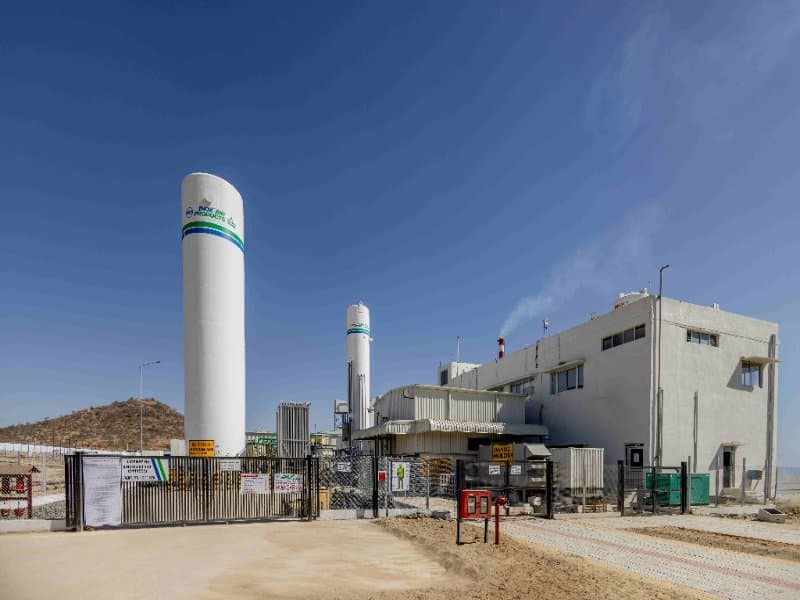India's First Green Hydrogen Manufacturing Plant at AIS Facility in Chittorgarh
Key Ideas
- INOX Air Products commissions India's first green hydrogen plant at AIS's float glass facility in Chittorgarh, Rajasthan.
- The plant, powered by solar energy, will produce up to 190 tons of green hydrogen annually for sustainable glass manufacturing.
- AIS and INOXAP have a 20-year agreement for green hydrogen supply, showcasing a commitment to decarbonization and energy transition.
- This initiative highlights the advancement of India's renewable energy adoption and the shift towards a greener future in the manufacturing sector.
In a significant development, INOX Air Products has established the first green hydrogen manufacturing facility in India at Asahi India Glass's (AIS) greenfield float glass facility in Soniyana, Chittorgarh, Rajasthan. This plant, operated using solar energy, has the capacity to produce 190 tons of green hydrogen annually through electrolysis. The partnership entails a 20-year agreement for the supply of green hydrogen to AIS for its glass manufacturing process. This marks a milestone as India's first utilization of green hydrogen in float glass production, setting a precedent for sustainable manufacturing practices. INOXAP is responsible for the plant's design, engineering, and continuous green hydrogen supply to AIS, furthering the transition towards decarbonization. Siddharth Jain, MD of INOX Air Products, emphasizes the crucial role of green hydrogen in India's energy transition and aims to expand its use across various sectors to reduce emissions. Rupinder Shelly, COO of architectural glass at Asahi India Glass, highlights the commitment to sustainable energy sources and investments in decarbonization efforts at the Soniyana facility. The project aligns with India's goal of achieving net-zero emissions by 2070 and positions the country as a global leader in renewable energy adoption. With a focus on sustainability and circularity, AIS's initiative not only reflects a shared vision for a greener future but also underlines the strides towards a more environmentally conscious manufacturing industry.
